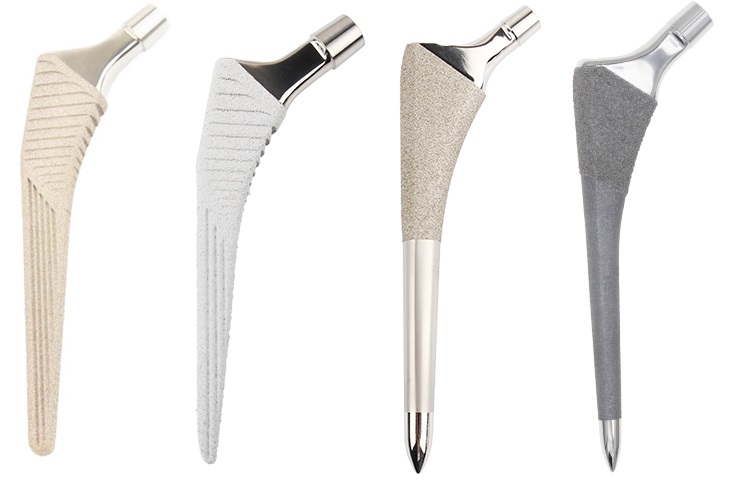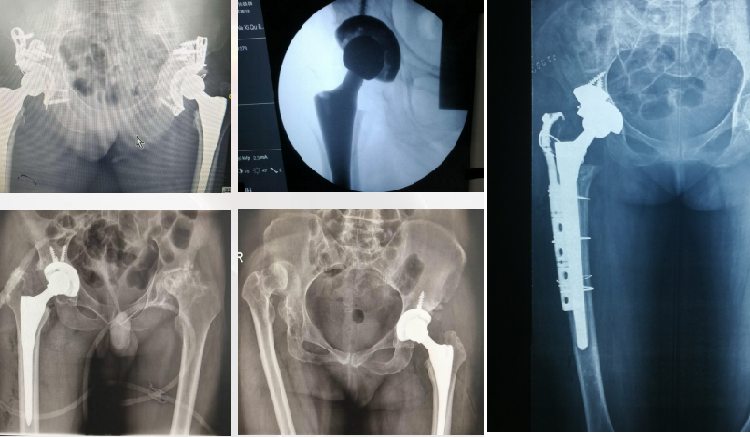From 2012-2018, there are 1,525,435 cases of primary and revision hip and knee joint replacement, among of which primary knee accounts for 54.5%, and primary hip occupies 32.7%.
After the hip joint replacement, the incidence rate of periprosthetic fracture:
Primary THA: 0.1~18%, higher after revision
Primary TKA: 0.3~5.5%, 30% after revision
Indications
Total Hip Arthroplasty (THA) is intended to provide increased patient mobility and reduce pain by replacing the damaged hip joint articulation in patients where there is evidence of sufficient sound bone to seat and support the components. THA Total hip joint replacement is indicated for a severely painful and/or disabled joint from osteoarthritis, traumatic arthritis, rheumatoid arthritis or congenital hip dysplasia; avascular necrosis of the femoral head; acute traumatic fracture of the femoral head or neck; failed previous hip surgery, and certain cases of ankylosis.
Hemi-hip arthroplasty is indicated in these conditions where there is evidence of a satisfactory natural acetabulum and sufficient femoral bone to seat and support the femoral stem. Hemi-hip arthroplasty is indicated in the following conditions: Acute fracture of the femoral head or neck that cannot be reduced and treated with internal fixation; fracture dislocation of the hip that cannot be appropriately reduced and treated with internal fixation, avascular necrosis of the femoral head; non-union of femoral neck fractures; certain high subcapital and femoral neck fractures in the elderly; degenerative arthritis involving only the femoral head in which the acetabulum does not require replacement; and patholoay involving only the femoral head/neck and/or proximal femur that can be adequately treated by hemi-hip arthroplasty.
Post time: Oct-15-2024


